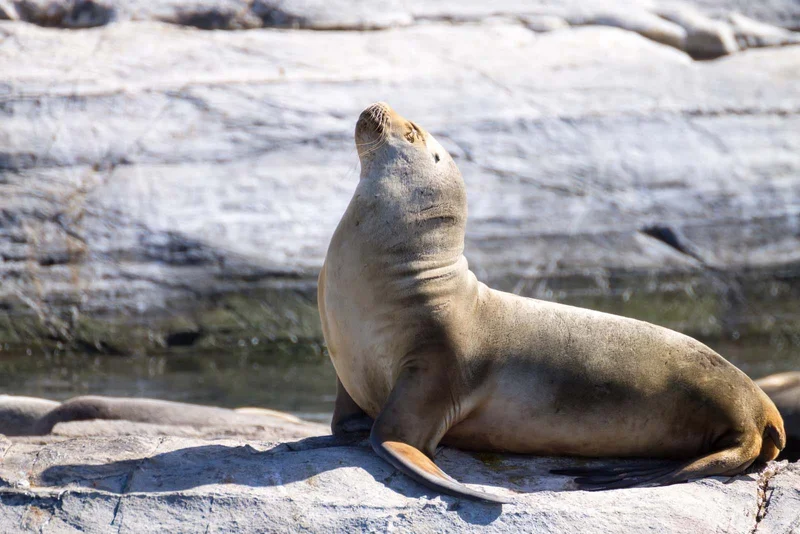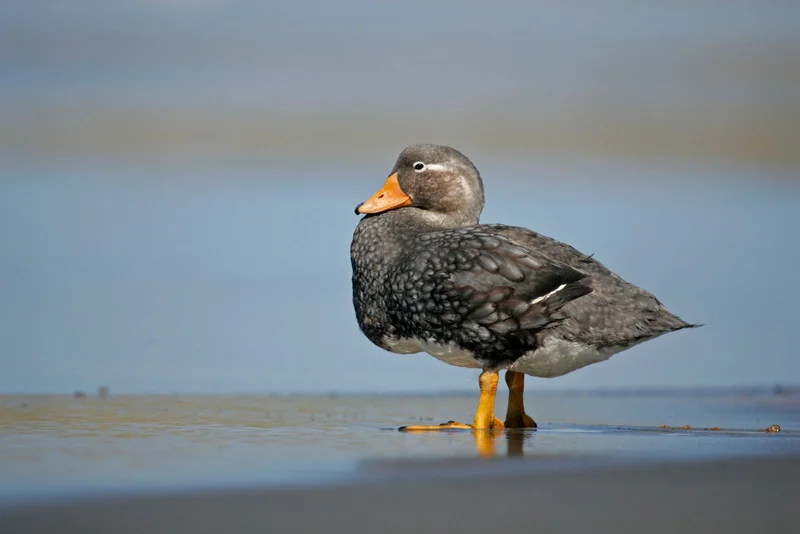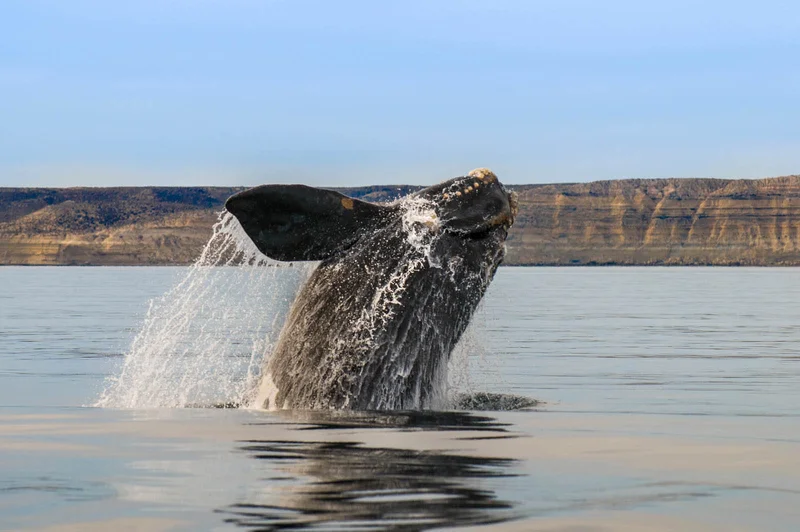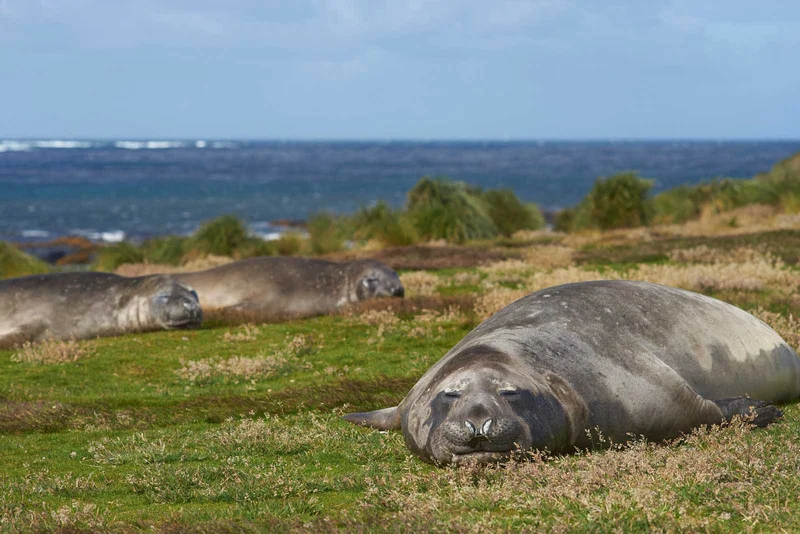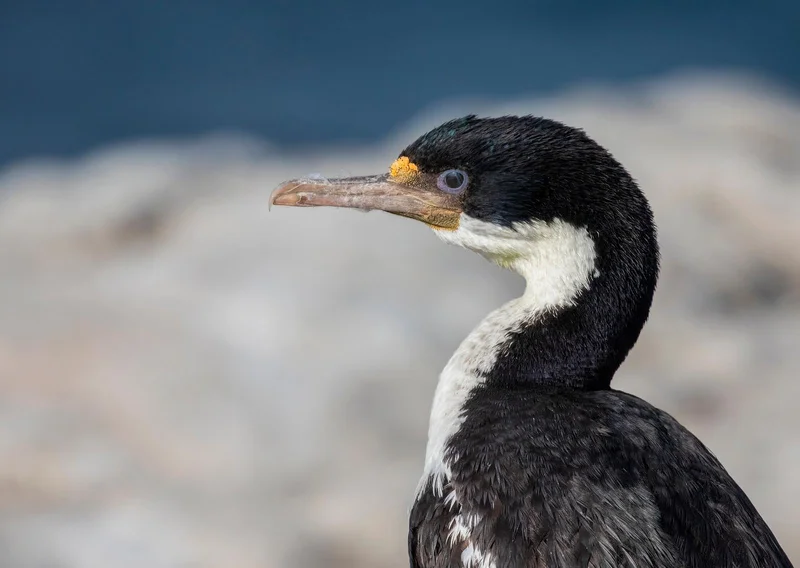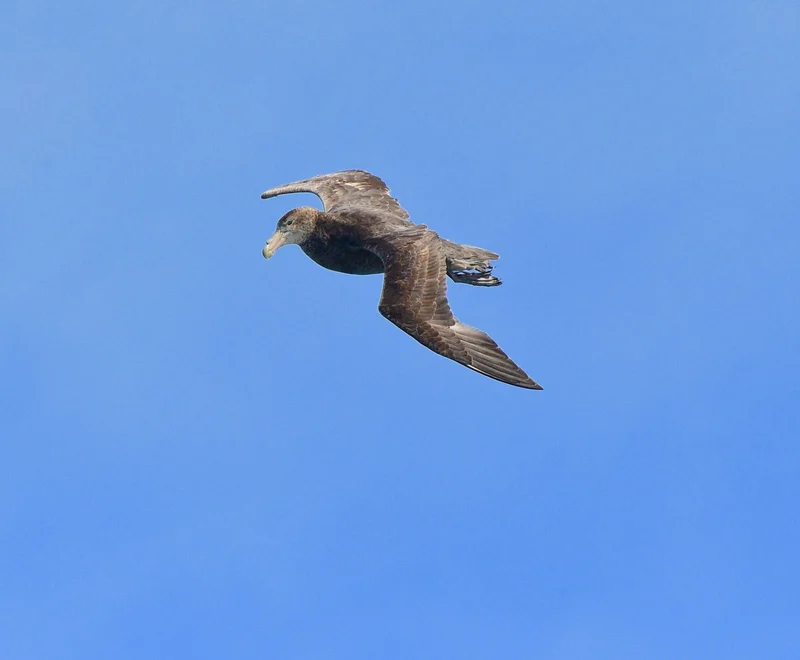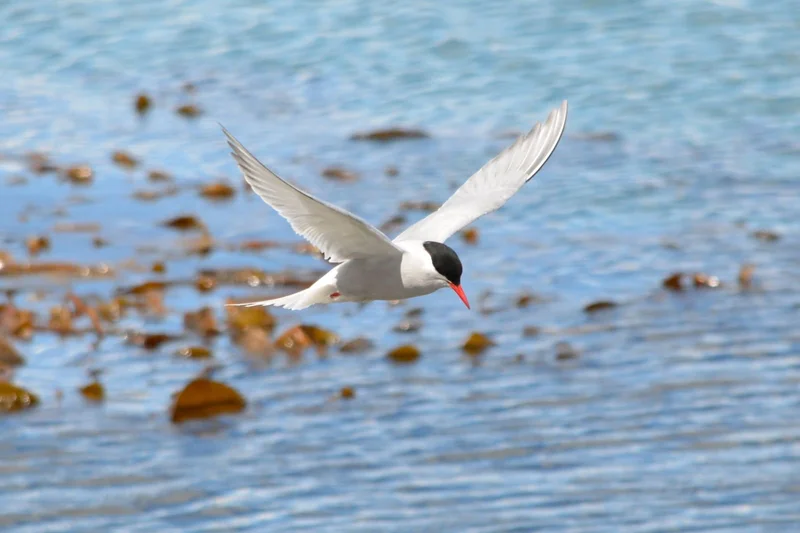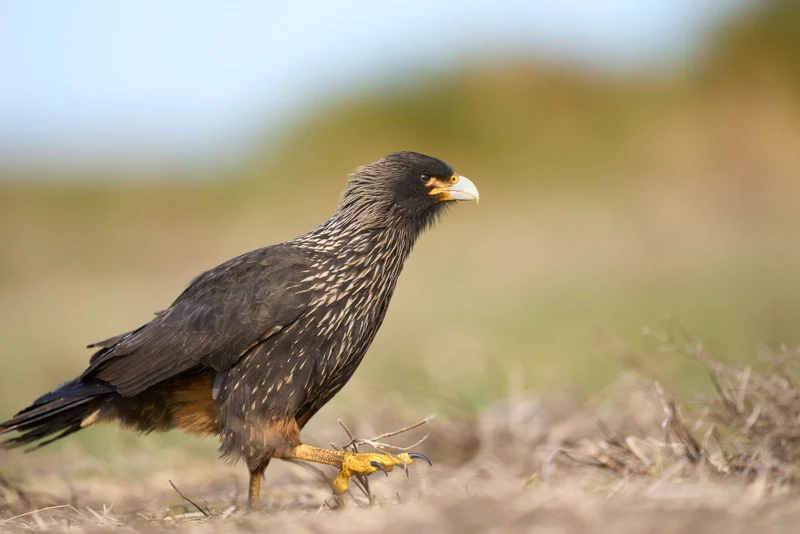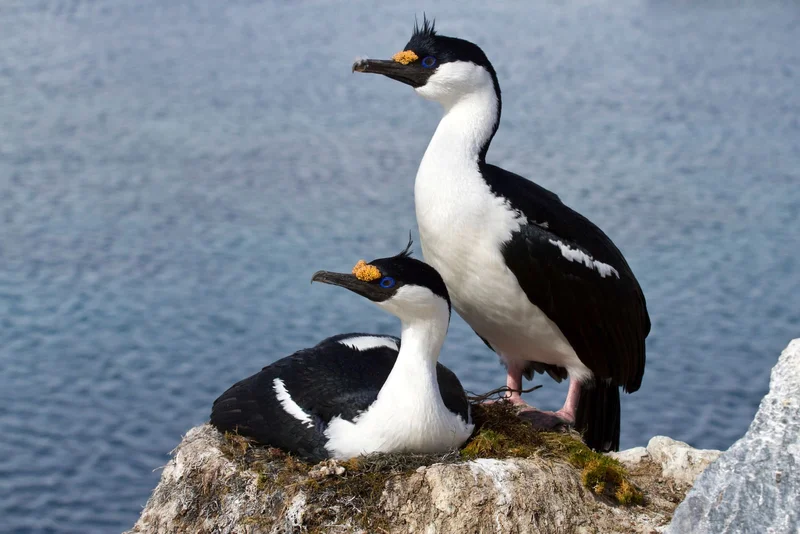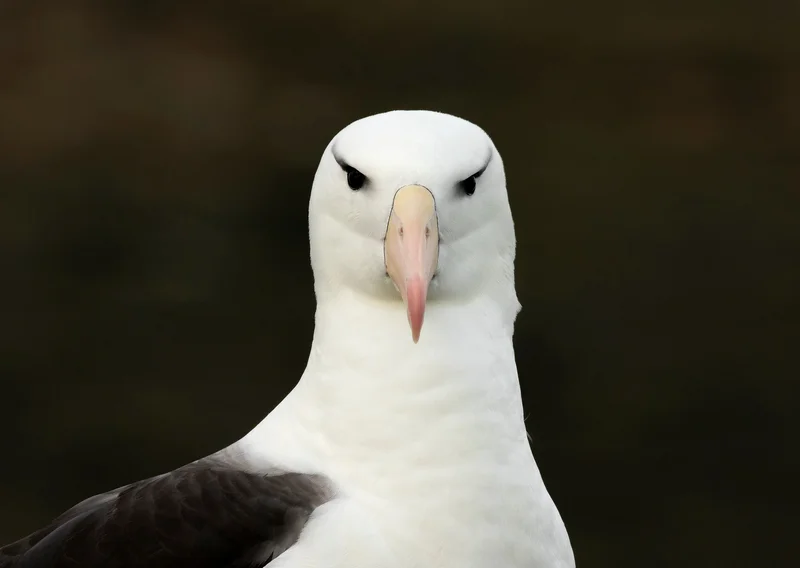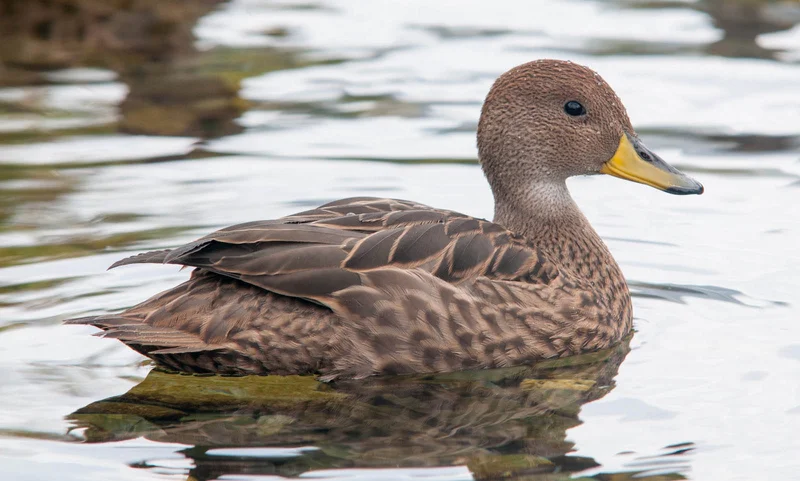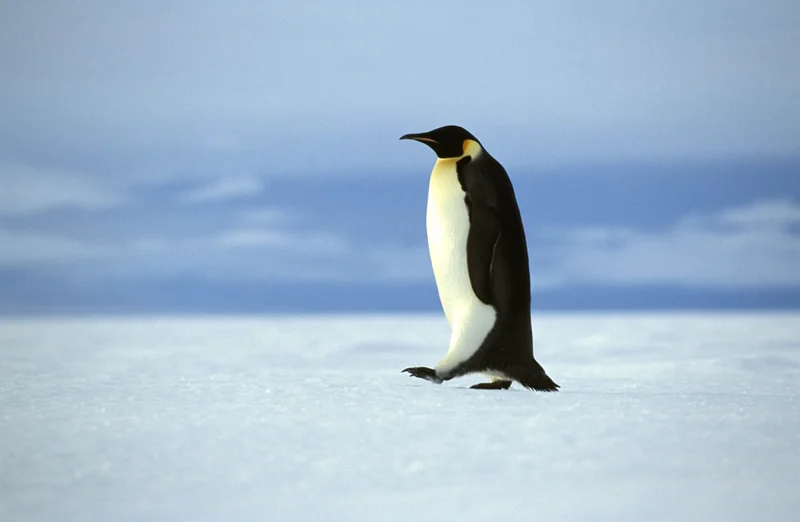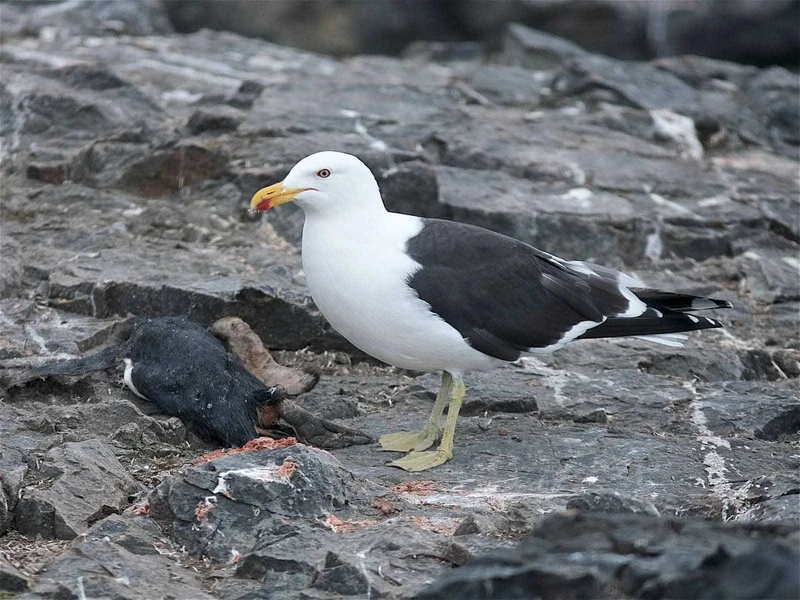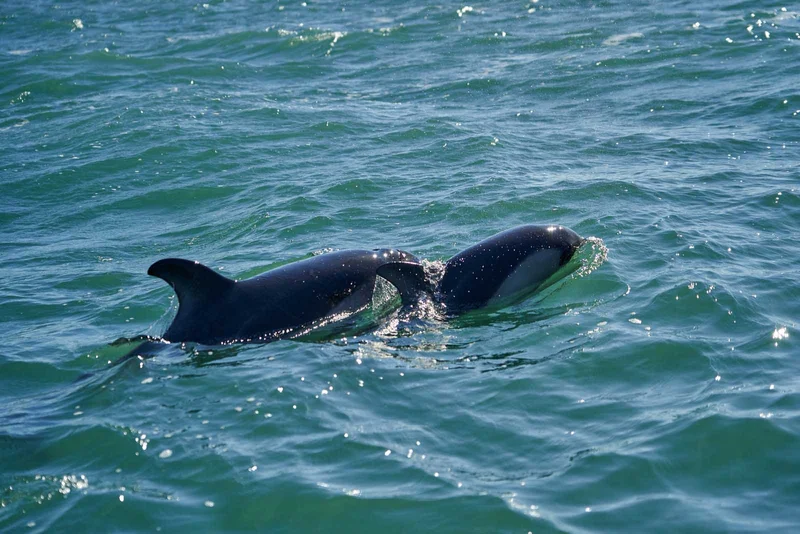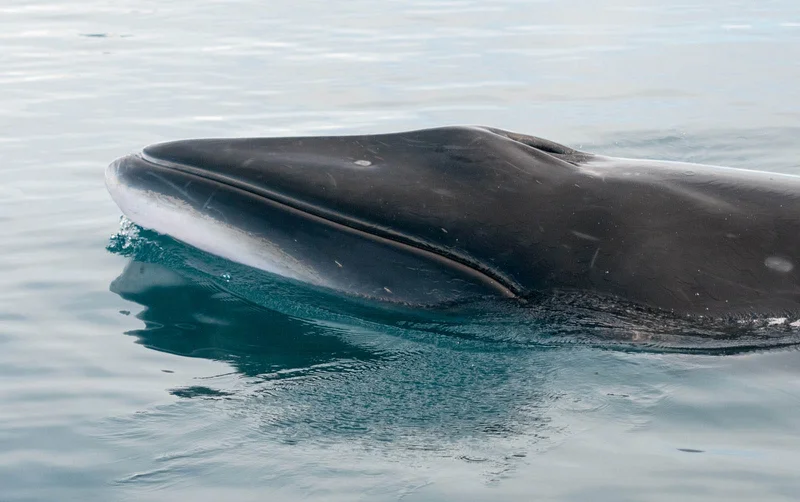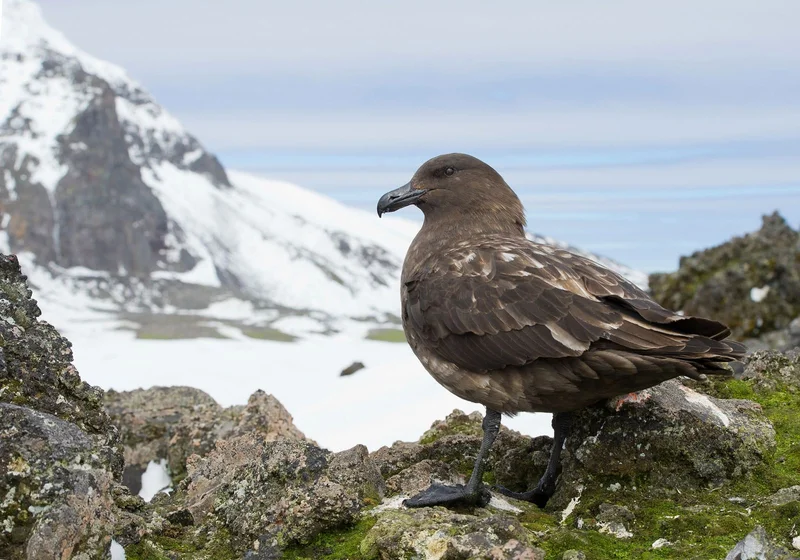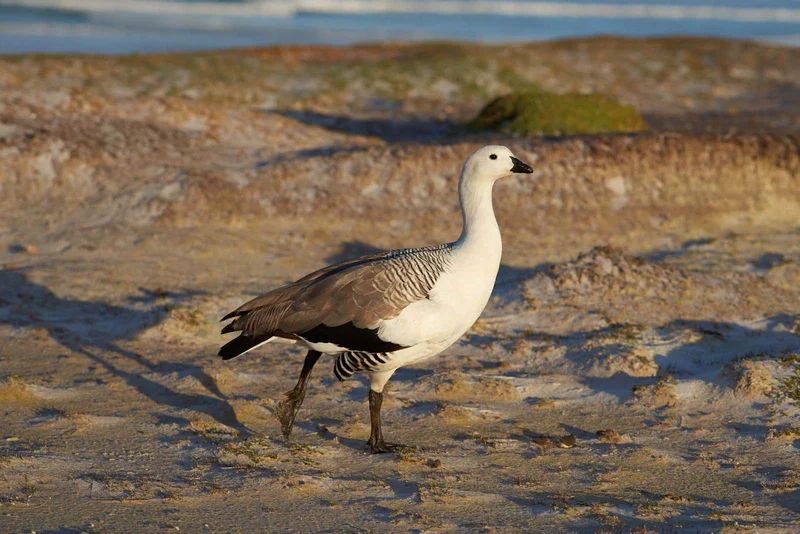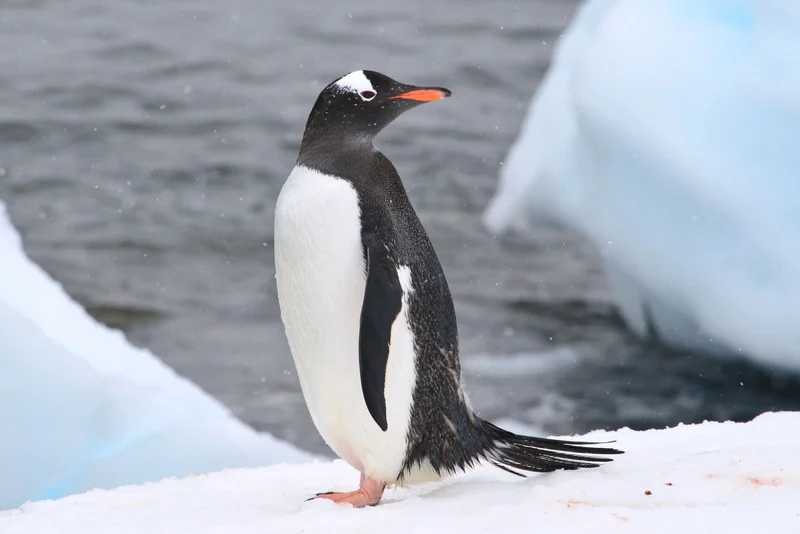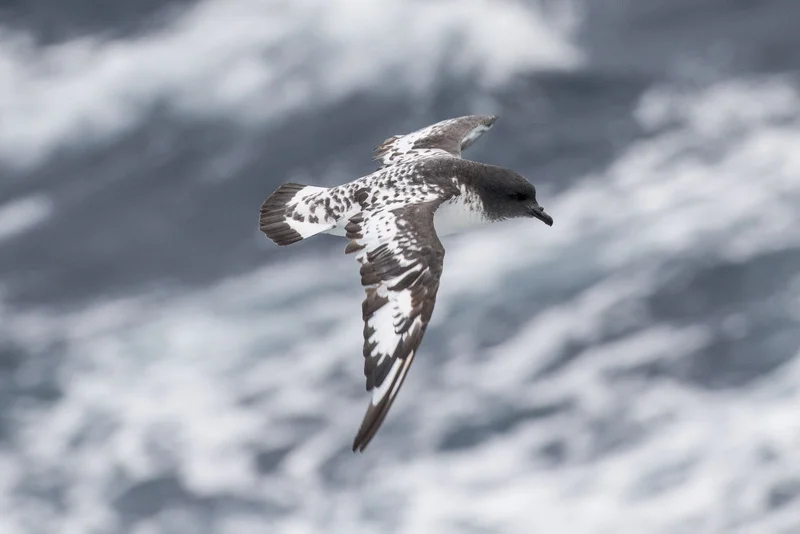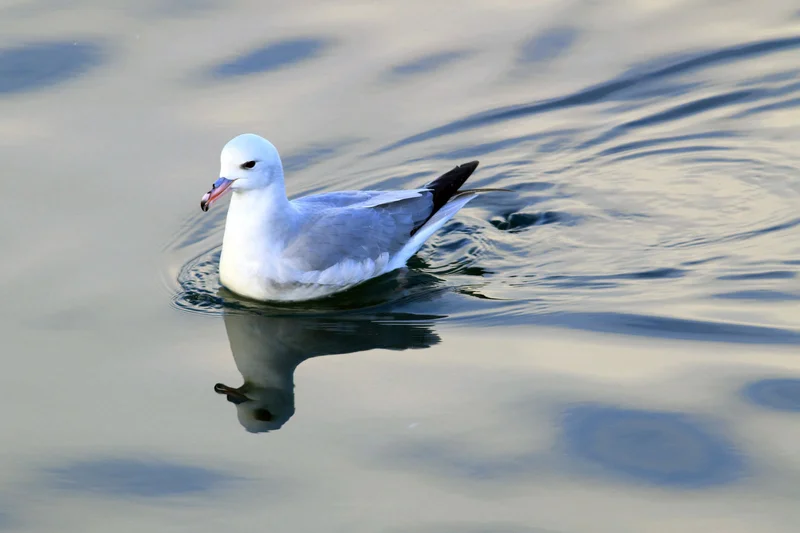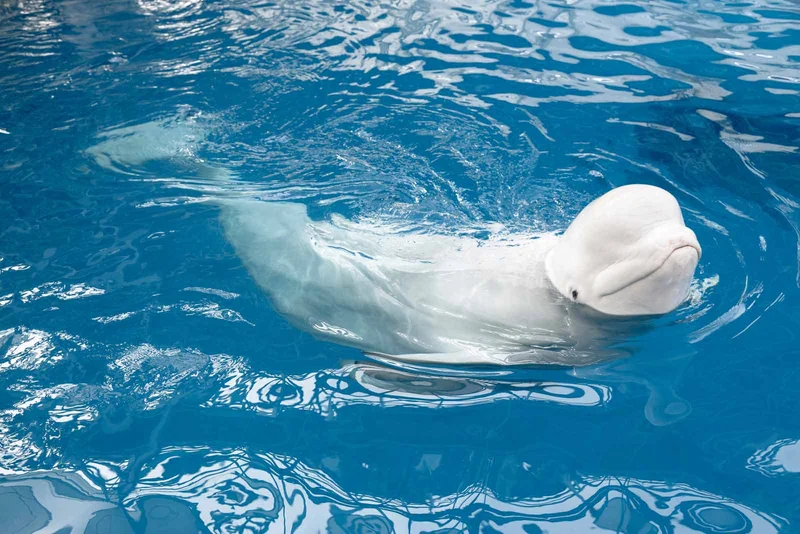Essential Wandering Albatross Information
The Wandering Albatross is one of the most iconic bird species, known for having the longest wingspan of any living bird. With an average wingspan of 3 meters (10 feet) and some individuals reaching 3.6 meters (12 feet), they can glide effortlessly across vast stretches of ocean for hours without flapping their wings. This remarkable ability allows them to travel across all southern oceans with minimal energy expenditure.
Physical Characteristics
Adult Wandering Albatrosses are predominantly white with their signature pink bills and feet, though younger birds start off dark brown before they mature. They are sometimes called the snowy albatross or white-winged albatross due to their light-colored plumage as adults.
Breeding and Life Cycle
Wandering Albatrosses are known for their long breeding cycle, which takes a full year. As chicks fledge in November, other adults begin nesting. These birds do not breed annually, typically raising a single chick every two years. Mating for life, both parents share the responsibilities of incubating the egg and feeding the chick. A key breeding colony can be found on South Georgia Island, where more than 10% of the world’s population returns to nest.
Conservation Status
The Wandering Albatross is classified as vulnerable, with their population declining due to factors such as ocean pollution and harmful fishing practices, including long-lining. Fortunately, restrictions on these fishing methods have helped reduce albatross deaths, and some recovery is now being observed.
Interesting Facts
- Longest Wingspan: The Wandering Albatross holds the record for the largest wingspan of any bird, reaching up to 3.6 meters (12 feet).
- Gliders of the Ocean: Their massive wings allow them to glide for hours across the ocean without flapping, conserving energy.
- Slow Breeders: With a breeding cycle of two years and a long maturation process, Wandering Albatrosses are slow to reproduce, making them more vulnerable to population decline.



